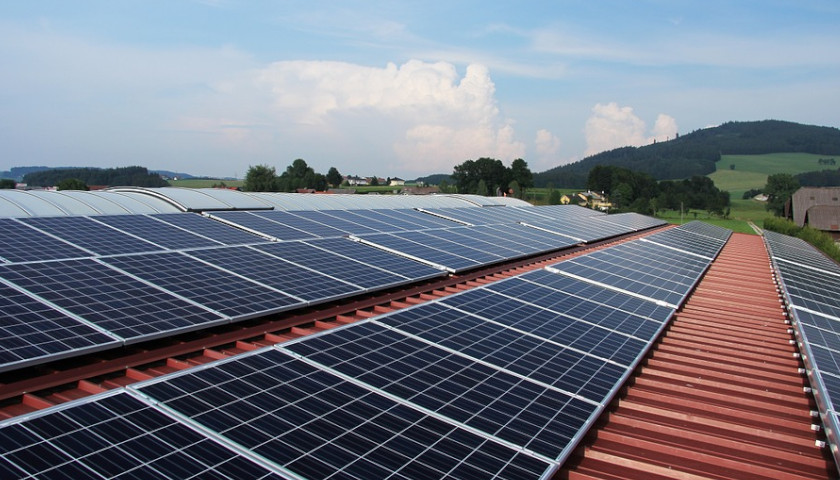Tuesday, hearings began that could lead to the construction of the largest solar farm in Ohio. 400 megawatts of solar energy production, spread out over two sites would employ more than 4,000 workers and could mean big changes for the economically depressed areas of Columbus and western Ohio.
There’s just one problem: the area might not actually need it.
The current energy demands of the area are being met by existing energy production. While this would be solar production as opposed to more conventional forms of power, it’s highly probable that it would lead to an energy surplus that would waste more energy than it would save.
The farm is being developed by American Electric Power, an electric utility that provides power to millions of people nationally, including 1.5 million in Ohio. This has been the source of some controversy. As an electric utility, it operates in a regulated market that is subsidized by taxpayers. Therefore taxpayers would be legally forced to foot the bill to build a power plant that they do not need.
In spite of this, a recent public hearing on the project found widespread approval, even excitement, over the project. Though many liked the idea of renewable energy, the majority were simply happy at the prospect of new development coming to an area that many Ohioans feel has been long forgotten. It bears mentioning, that while there was excitement for the project, few people seemed to feel it was actually treating a need. No one excited about more energy production because no one was without energy.
The project is being opposed by a wide swathe of groups, including; ” Ohio Coal Association, Kroger, Industrial Energy Users, IGS and Direct Energy.” Surprisingly, the Ohio Manufacturers Association, who has an extensive history of backing renewable power throughout the state has come out against the plant, noting in a public statement:
Customers should not be required to pay for and guarantee the risk for this project unless AEP can prove to state regulators that there is a need for the power plant that will be paid for by ratepayers. It’s a well-known fact that the region presently enjoys a significant surplus of electric capacity.
– – –
Andrew Shirley is a reporter at Battleground State News and The Ohio Star. Send tips to [email protected].





